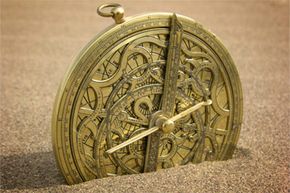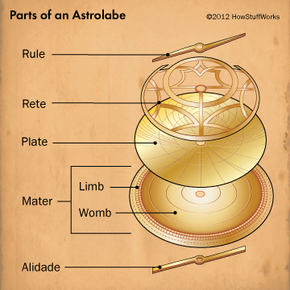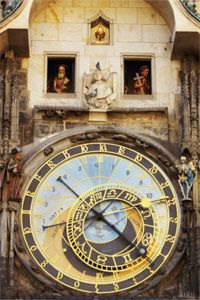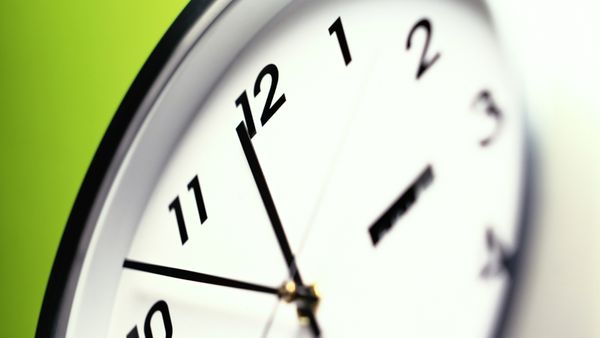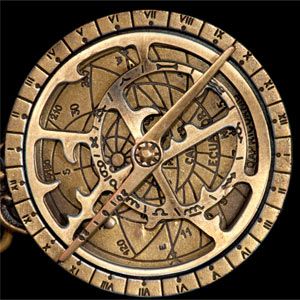Here's the Taurus Love Forecast for a recent week in April, according to the horoscopes page of The Huffington Post: "Saturday's New Moon in Taurus is both an opportunity and a challenge. If you're stuck in a rut and resist trying different experiences, then your hopes for romance will diminish."
Science regards astrological predictions like this one as superstitious nonsense today. But in the ancient world, astrology and astronomy were the same discipline. Many political elites hired professional astrologers and sky-watchers to monitor and catalog the motions of the sun, moon and five visible planets (Mercury, Venus, Mars, Jupiter and Saturn). To do this, they established a sort of celestial map based on the sun's apparent path in the sky. They called this path the ecliptic, and then referred to the sky extending above and below the imaginary line as the zodiac. As the sun followed the ecliptic over the course of a year, it moved through 13 constellations, 12 of which formed the signs of the zodiac.
Advertisement
A horoscope, originally expressed as a diagram, defined the positions of the planets and signs of the zodiac at a particular time and place. Astrologers used the diagram to predict a person's future, believing that the positions of celestial objects influenced life on Earth, especially human affairs. For example, the Taurus Love Forecast we mentioned gets its unique attributes because of the position of the new moon, the time at which the moon appears as a narrow, waxing crescent.
To map the night sky accurately, astrologers relied on detailed charts and complex mathematical formulas. This proved cumbersome until, around 400 A.D., when a few brilliant scholars invented a device known as an astrolabe. Landlubbers liked it for making astronomical measurements, while sailors found it handy at sea for determining the altitude of the sun or a star, which could then be used to calculate latitude. It was, without a doubt, the slide rule of the Middle Ages -- the world's first analog computer.
Advertisement
